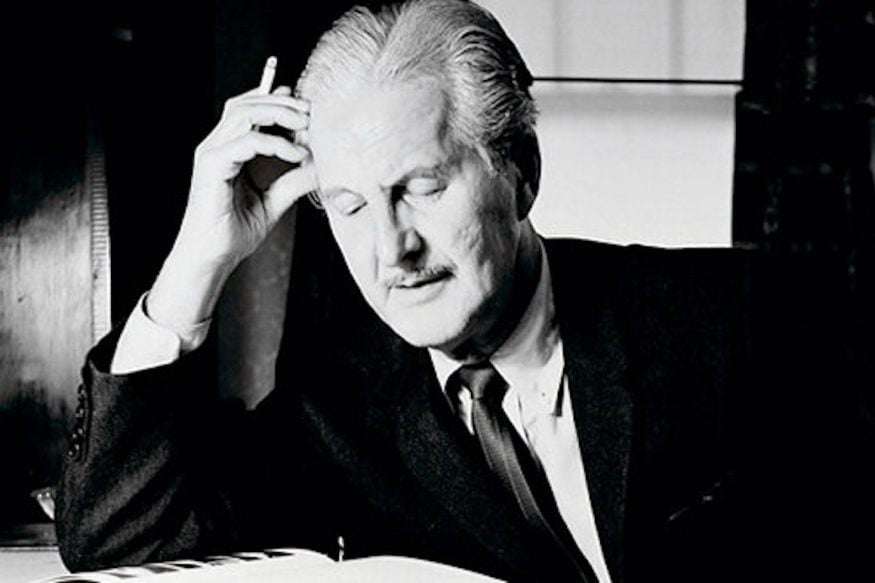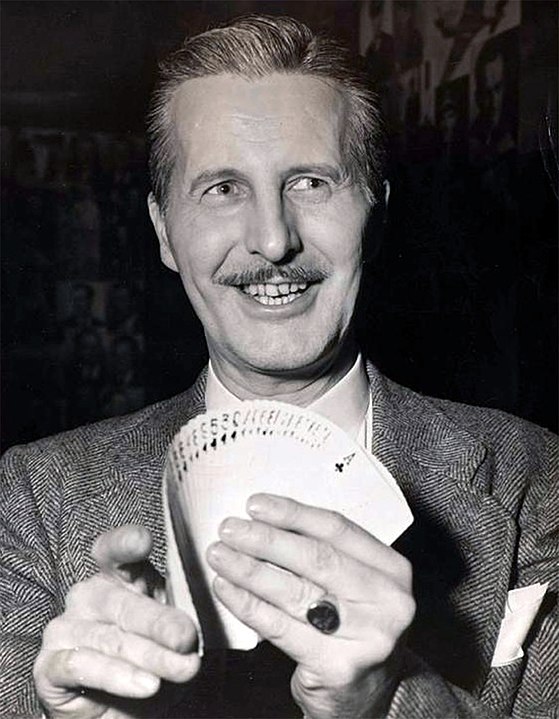Exploring the Intersection of Magic and Card Cheating
Over the decades, a fascinating relationship has developed between sleight of hand magicians and professional card cheaters. Both groups use incredible manual dexterity to deceive and amaze-yet their goals, environments, and techniques often differ dramatically. In the twentieth century, Dai Vernon became the most iconic figure to bridge these worlds, drawing inspiration from gambling cheats to transform the landscape of modern close-up magic.

How Magicians and Cheaters Differ in Their Approaches
While it might seem that magicians and card cheats operate similarly-both manipulate cards to fool observers-the reality is that the techniques tailored for one field rarely translate perfectly into the other. Magicians typically control the environment, dictating the terms under which tricks are performed. Cheaters, on the other hand, must adapt to the fast-changing, unpredictable conditions of real games.
A technique that seamlessly controls a card to the bottom of a deck during a magic performance might look blatantly suspicious at the card table, especially if the move requires unnatural handling or excessive attention to the cards. Likewise, a sleight designed for cheating might be rooted in scenarios rarely encountered by magicians, making it impractical or impossible to replicate in a stage setting.
When magicians wish to adopt gambling sleights, they often recreate casino-like conditions for theatrical demonstrations, merging the thrill of authentic cheating moves with the safety and entertainment of close-up magic. This hybrid approach has paved the way for a genre of performance where cunning, skill, and creativity converge.
Adapting Techniques: Where Context Shapes Skill
Transferring a sleight from magic to cheating-or vice versa-demands detailed refinements. Many card moves depend on context: a sidelong glance OK in magic might draw fatal suspicion at the poker table. Therefore, magicians passionate about gambling sleights often focus on simulating casino gaming as closely as possible during practice or performance.
In addition, card magic has evolved to craft stunning feats inspired by cheating, sometimes pushing the boundaries of what even experienced gamblers find believable. Audiences today are frequently left in awe of magicians who convincingly mimic the actions of seasoned card manipulators.
For a close look at these skills in action, watch this demonstration of high-level card mucking by R. Paul Wilson:
Dai Vernon's Influence: From Book to Legend
Dai Vernon’s revolutionary approach to card magic was shaped significantly by S.W. Erdnase’s seminal book, “The Expert at the Card Table.” This text famously split its content: the first half delved into the science of cheating, while the second half taught magicians’ secrets. Vernon's curiosity drove him to seek new moves lurking within casinos and gambling dens, gathering methods and adapting them for the stage.
His contributions became part of the modern magician's toolkit; one of his most celebrated effects stemmed from a gambling technique omitted from Erdnase’s book, now celebrated worldwide among card conjurors. Yet, the exchange wasn’t unidirectional-Vernon is known to have shared magical secrets with cheaters, leading to cross-pollination between the two crafts, even though such exchanges remain exceptions rather than the rule.
From these interactions, Vernon developed an uncanny knack for refining card manipulations, earning a reputation for offering instantaneous, subtle improvements to even the most complex sleights.

Image: Wikipedia
The Essence of “The Vernon Touch”
Vernon advocated for what became known as "The Vernon Touch"-an approach where technical mastery is masked by effortless, natural actions. His philosophy dictated that the best sleight of hand is invisible, wrapped in casualness and subtlety so that nothing appears out of the ordinary to the audience.
This mastery not only made Vernon a legend among magicians but also helped him win the trust of notoriously cautious gamblers. When meeting with professional cheats, a few demonstrations of skill and clever name-dropping often opened doors that would otherwise remain closed.
Yet sometimes, cheaters challenged Vernon as well-expecting him to solve intricate problems before trading their own secrets.
A Real Table Challenge: Finding the Perfect Move
In one memorable case, a gambler sought Vernon's help to overcome a sticky issue at the card table. The cheat could skillfully slip an extra card into his left hand but struggled to pass it smoothly to his right hand for an unnoticed reintroduction to the deck. Existing sleights required awkward, conspicuous gestures-or worse, they caused the card to flip, ruining the illusion.
To complicate matters, the card needed to remain face-down throughout the maneuver, matching the orientation it began with and making the transfer doubly challenging. Any extra adjustment would have aroused suspicion from fellow players.
Determined, Vernon retreated to his hotel room, covering a dresser with a towel and dedicating hours to invention-experimenting, discarding, and refining every possible method.
A Moment of Innovation: The Watch Glance Revelation
After a night of fruitless effort, Vernon prepared to retire for the evening. As he checked his watch-a common, everyday gesture-he instinctively positioned his right hand over his left wrist to frame the watch’s face. Suddenly, inspiration struck: this natural action perfectly disguised the moment needed to secretly transfer a card from one hand to the other, maintaining its orientation and avoiding any suspicious movement.
Using the simple act of checking the time, Vernon devised a sleight so naturally shielded that it remained invisible to the table-no unnatural hand motion, no tell-tale flips. Both practical and deceptive, this clever solution delighted the gambler, who had needed a "shade" or cover to obscure his move.
Such breakthroughs, blending hours of experimentation with serendipitous discovery, are the essence of "The Vernon Touch." Vernon’s approach demonstrates how deep understanding, context sensitivity, and natural behavior combine to create truly indetectable sleight of hand.
Whether the card move traded by the grateful cheater in exchange ever proved useful in magic remains a mystery-but the story is a testament to the ongoing evolution and subtle artistry at the intersection of illusion and deception.













